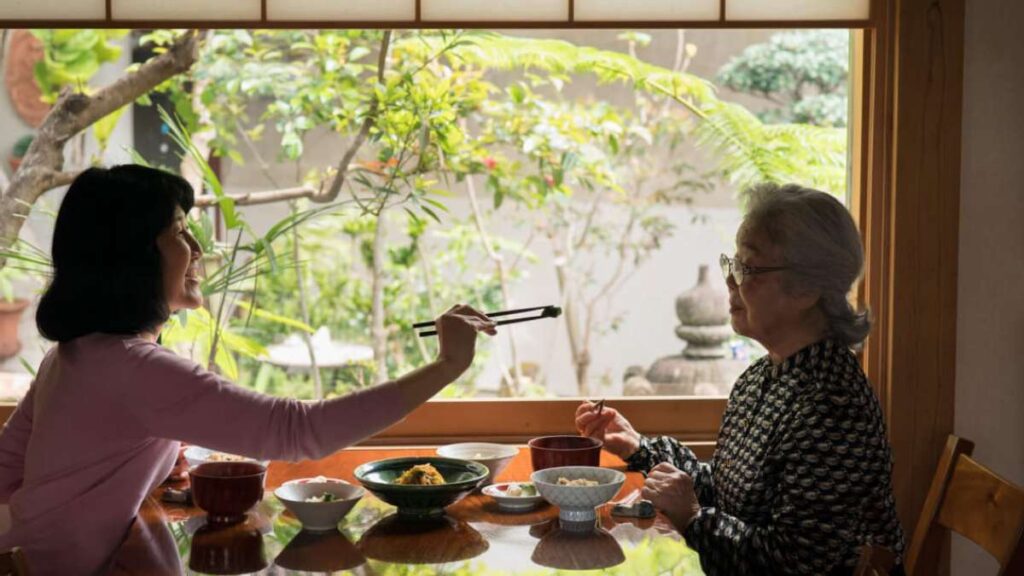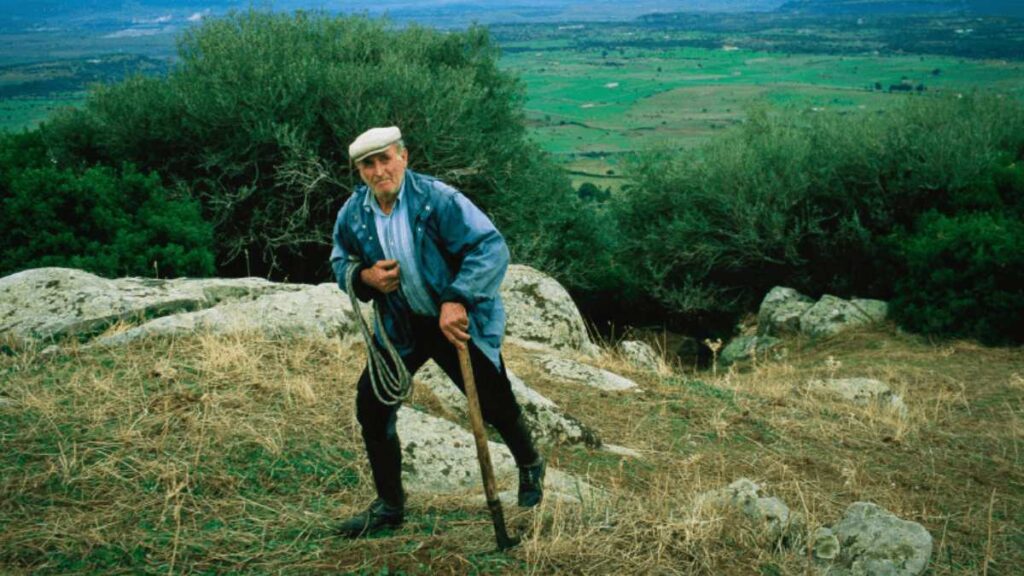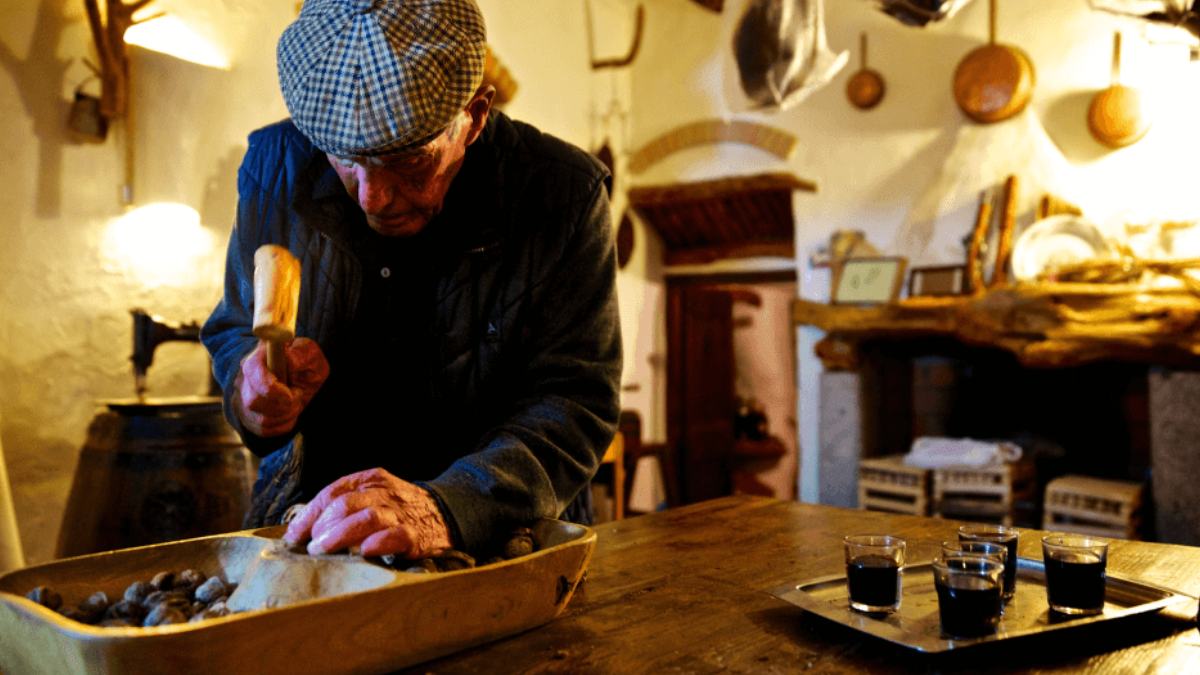Click here to read the Spanish version.
One of the issues that people have always been concerned about is life expectancy. With the passage of time, and thanks to scientific and medical advances, people are increasingly able to live longer. In Spain, for example, the current life expectancy is 82 years for women and 79 for men. But there are specific regions of the world where people live up to 90 and 100 years and do so with an exceptional quality of life.
Journalist Dan Buettner has spent years studying these places that are known as Blue Zones, where food plays a very important role in their way of life. He recently released a documentary on Netflix entitled Living 100 Years: The Secrets of the Blue Zones, traveling to five of these zones with the longest-lived people on the planet, to analyze the reason for their longevity.
As Buettner himself commented in an interview with Today, “only 20% of longevity depends on genes. The other 80% is something else. People who live in Blue Zones eat the right food, get the right amount of exercise and socialize without even thinking about it. They don’t chase health and longevity, they just take it for granted.
Blue Zones with a more affluent lifestyle
One of the main factors that benefits life expectancy is diet, but researchers have discovered other lifestyle traits that are common among Blue Zones inhabitants. In addition to food and the way they eat it, these people lead a very active lifestyle, manage stress, have a sense of responsibility and take great care of personal relationships, both with family, friends and the rest of the community. They place great importance on physical exercise and, for that reason, are constantly on the move. They also focus on spiritual matters and inner and energetic work, as well as faith.
Which areas of the world are privileged? The main Blue Zones are located in Ikaria (Greece), where they follow a Mediterranean diet and fasting is part of their culture; Nicoya (Costa Rica), the main foods are corn, beans or squash and also stand out for an early and light dinner; Loma Linda (California), which follows mainly a vegetarian or pescatarian diet low in refined grains, sugar and salt; Sardinia (Italy), with a Mediterranean diet but based on plants and with little meat, as well as drinking red wine almost every day; and, finally, Okinawa (Japan), where, in addition to a healthy and balanced diet, they place great importance on self-production and gardening.
To these five, the documentary starring Daniel Buettner also adds Singapore, which has become another Blue Zone mainly thanks to government strategies such as subsidizing nutritious food, adding sidewalks and improving public transportation.

What is the secret of your diets?
Although in general, the food and lifestyle in these Blue Zones have points in common, they also have particularities that give them a distinctive personality. With respect to food, there are common ingredients that promote longevity. Many researchers have determined that plant-based foods are central to the diets of all Blue Zones. In addition to vegetables, other staples include whole-grain bread, pasta, legumes, brown rice and beans.

Another aspect that is repeated is the use of local products, since most citizens of these regions cook with food grown within a radius of approximately 16 km. With all this, a fairly common diet in these areas would be composed of whole foods, which vary in different places, being black beans widely used in Costa Rica, soybeans in Japan or chickpeas in the Mediterranean.
Nuts are also quite recurrent in their diet, from almonds in the regions of Italy or Greece, to pistachios in Costa Rica. And, although bread is always questioned, in the Blue Zones they also include it, but in its 100% wholemeal and sourdough variety. As for dairy products, they prefer sheep’s or goat’s milk to cow’s milk.

Fish is essential in their weekly diet, incorporating it three days and opting more for small species such as anchovies, cod or sardines. Meat consumption is reduced to a minimum. Finally, they also eat quite a lot of eggs and opt for natural sugars, which are those present in fruits, vegetables or milk.

